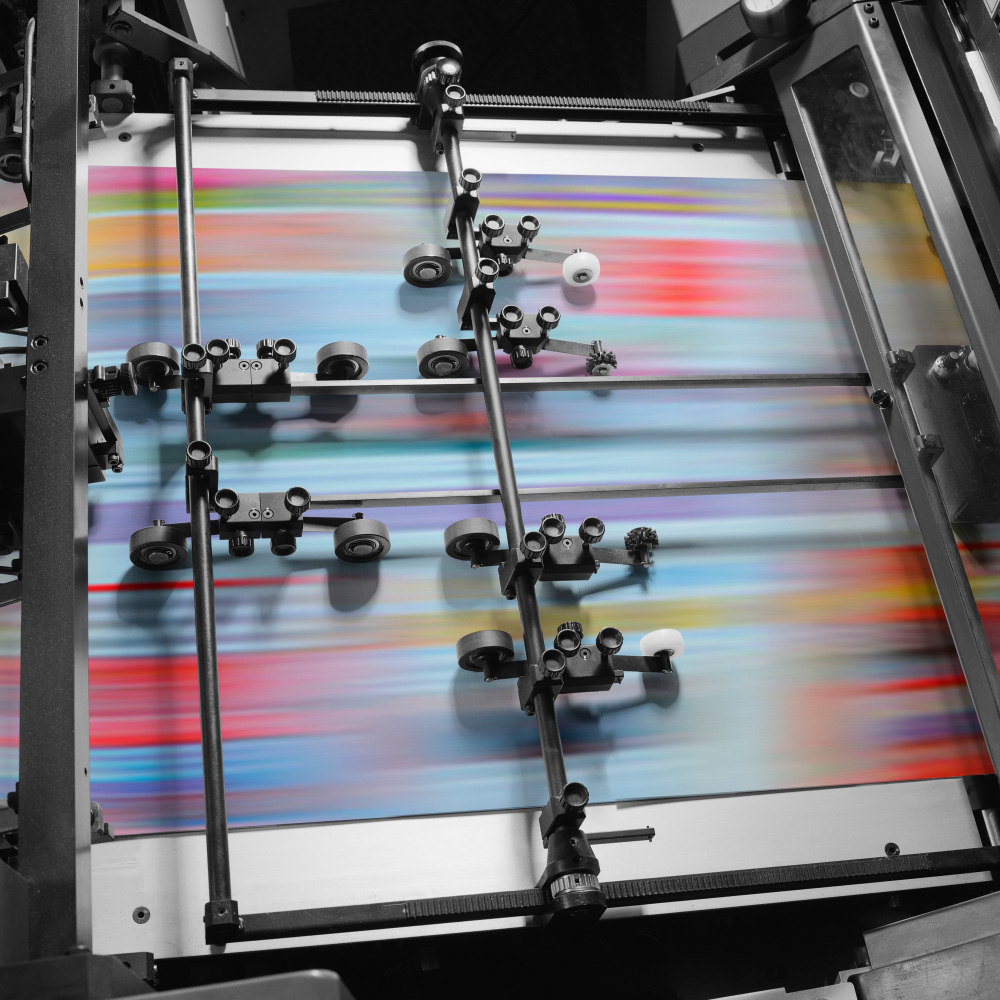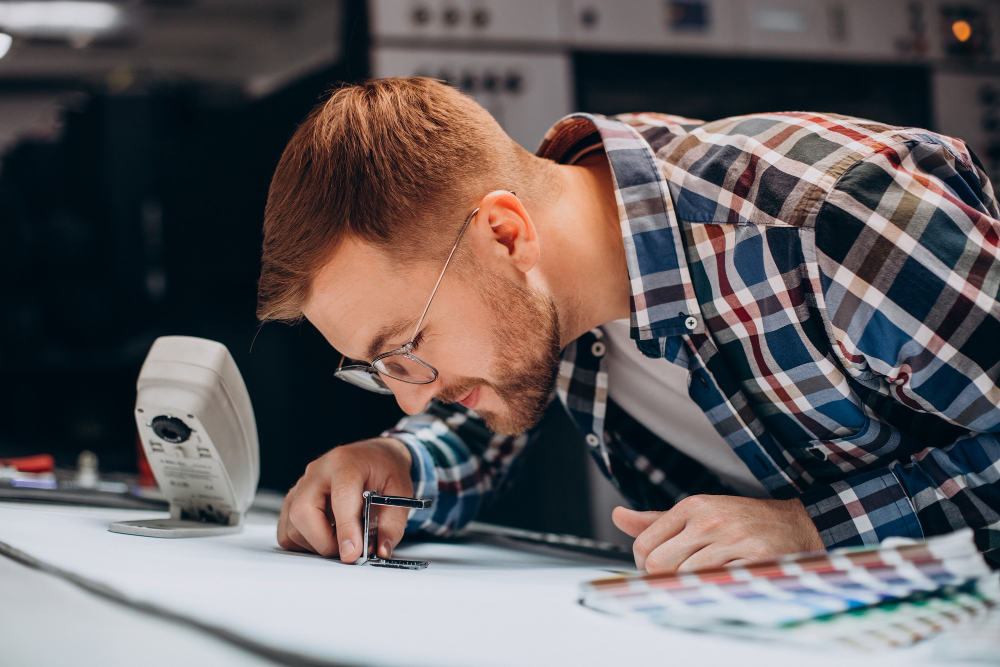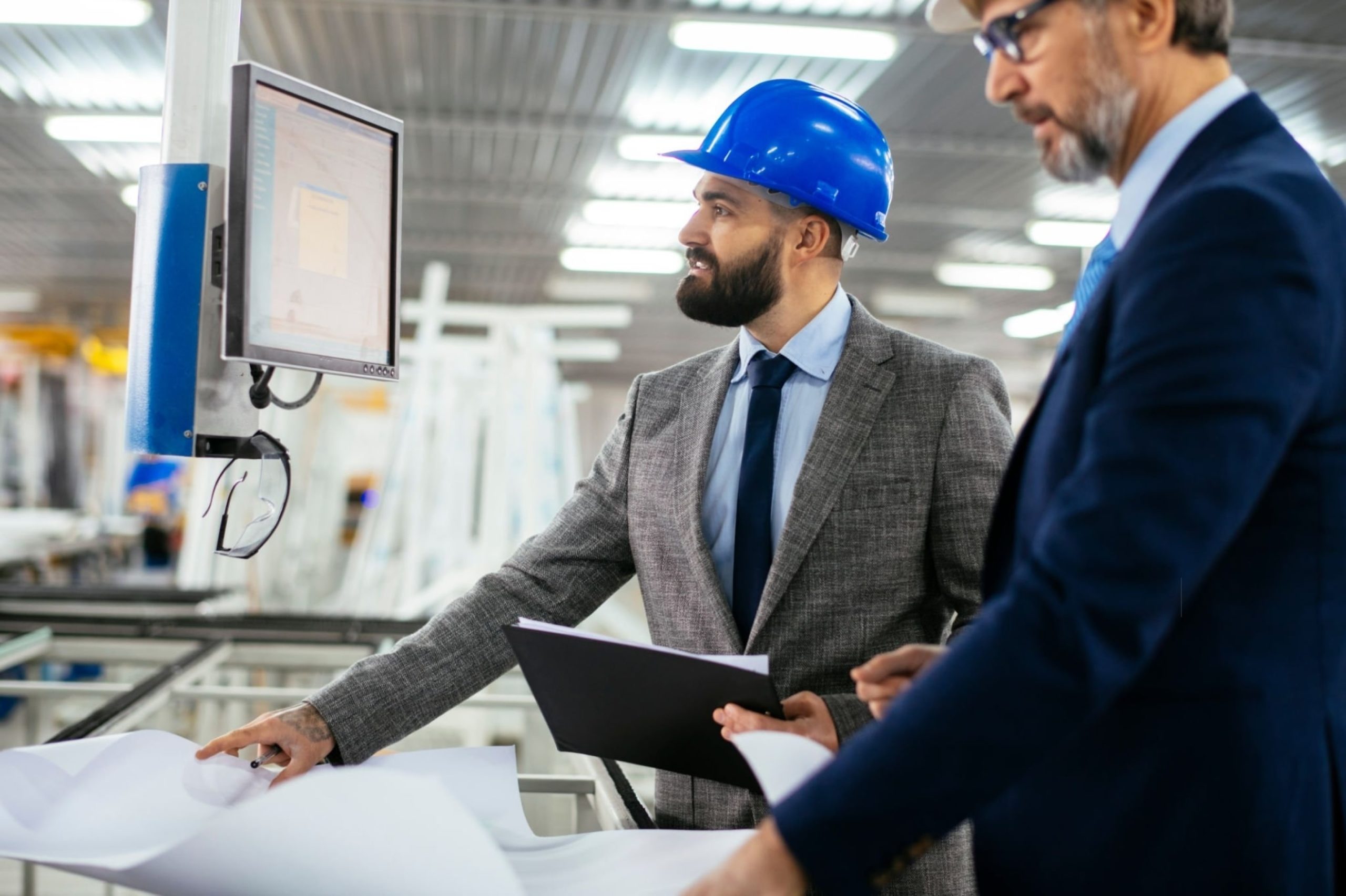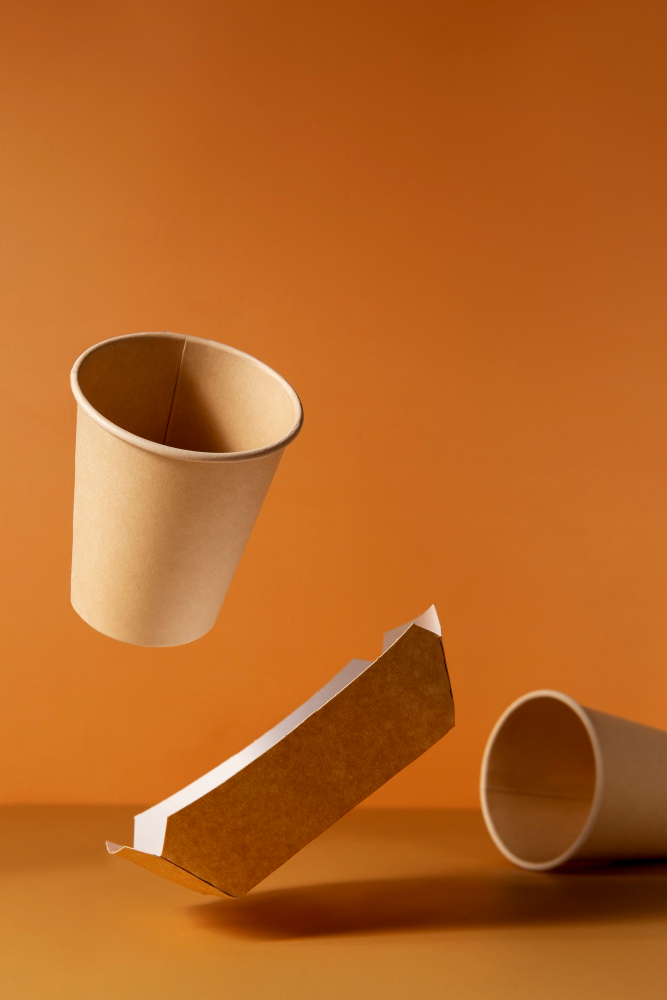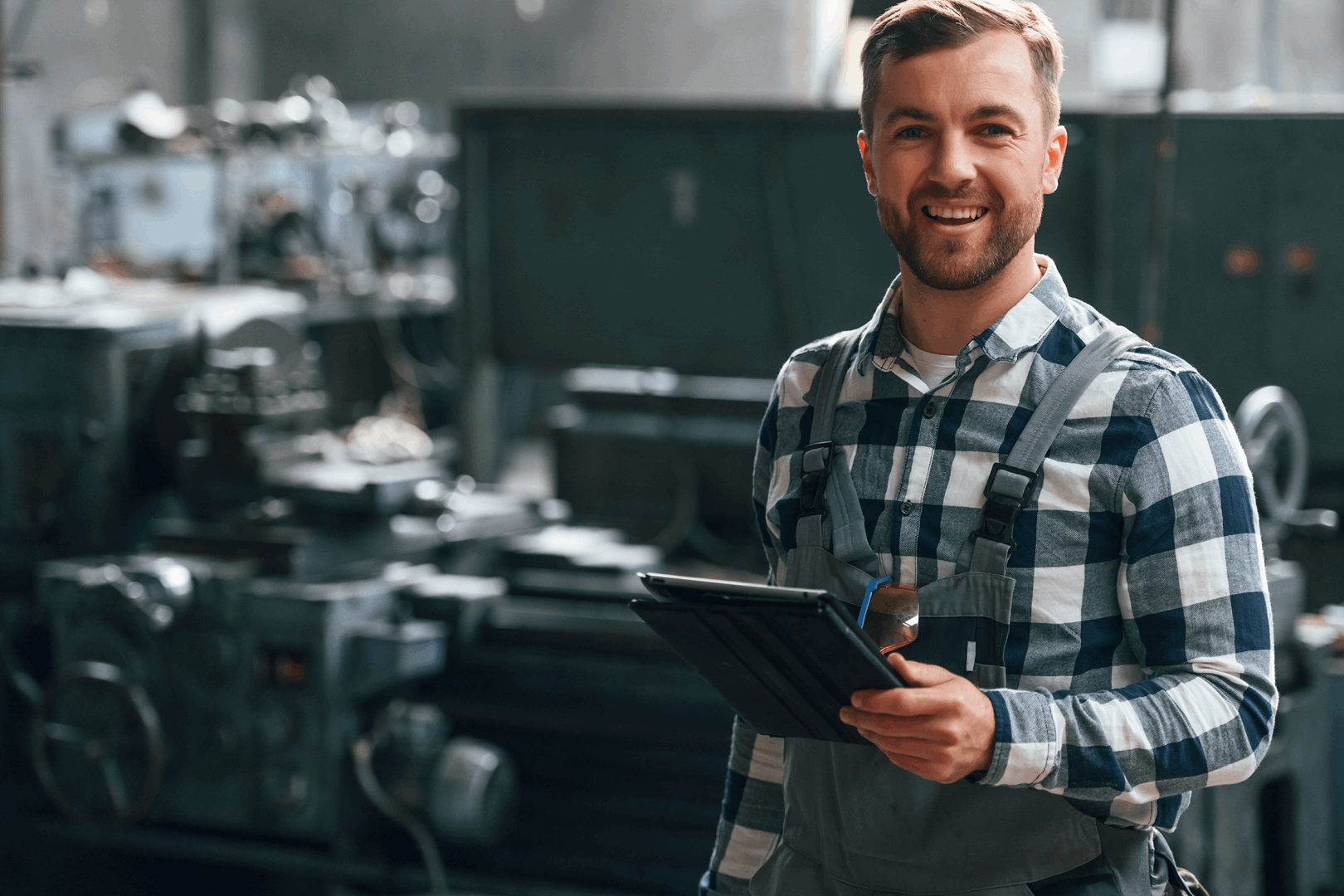
The right machine selection for producing paper plates is a critical factor that directly affects the efficiency of the production process, product quality, and cost. There are several key factors to consider when selecting the right machine:
- Production Volume and Capacity
- Description: Determining the required production capacity is the first step in selecting the right machine. If high-volume production is needed, machines with larger capacities should be preferred. Otherwise, smaller and lower-capacity machines may be sufficient.
- Features: The number of plates a machine can produce per minute is important to reach production goals. While smaller machines are sufficient for low-volume production, high-volume production requires fast and continuously working machines.
- Machine Type
- Description: Typically, two types of machines are used for paper plate production:
- Semi-Automatic Machines: These machines are suitable for businesses with low to medium production volumes. They require labor and manual intervention but may be more cost-effective.
- Fully Automatic Machines: These are suitable for businesses requiring high efficiency and continuous production. They achieve high production capacity with minimal labor.
- Features: Fully automatic machines offer faster production and lower error rates.
- Product Variety and Flexibility
- Description: In paper plate production, there may be a need to produce plates in different sizes and designs. The selected machine’s flexibility, with the ability to produce different sizes, should be considered.
- Features: Machines that can change sizes and produce different types of plates are important to meet market demands.
- Printing and Quality
- Description: If plates are to be printed, printing features are important. Printing machines can vary in terms of printing quality and speed.
- Features: The machine’s printing capacity, compatibility with water-based inks, and printing accuracy should be considered. High printing quality is important for brand visibility.
- Energy Consumption and Efficiency
- Description: Energy efficiency should also be considered when selecting a machine. High energy consumption can increase production costs.
- Features: Machines with low energy consumption reduce operational costs and provide environmentally friendly production.
- Technological Features
- Description: Nowadays, paper plate machines are equipped with automatic quality control systems, data tracking, and systems that alert for machine faults in advance. These technologies increase efficiency in the production process and reduce error rates.
- Features: Machines with modern features such as digital screens, sensors, and automatic stop systems can make the operation process easier.
- Machine Maintenance and Service Support
- Description: Maintenance and service support are important factors in machine selection. Regular maintenance of machines ensures a long-lasting and efficient production process.
- Features: Local service providers and easy access to spare parts should be available for the selected machine. Additionally, maintenance frequency and labor requirements should be considered.
- Cost and Return on Investment (ROI)
- Description: Paper plate production machines generally require significant investment. In machine selection, in addition to the costs, the return on investment (ROI) should also be considered.
- Features: Machine costs, maintenance expenses, operating costs, and production efficiency should be considered. Machines with high production capacity and efficiency can provide higher profit margins with lower costs in the long run.
- Environmentally Friendly and Sustainability
- Description: Environmental factors are becoming increasingly important. Machines used in paper plate production should have environmentally friendly features to help reduce environmental impacts.
- Features: Machines with low energy consumption, use of recyclable materials, and minimization of waste are important environmental advantages.
- Reliability and Experience of the Machine Manufacturer
- Description: The reliability of the machine manufacturer and the quality of support and warranty services are crucial. An experienced and reputable manufacturer is more likely to provide high-quality machines.
- Features: The manufacturer’s past experience, customer reviews, and the long-term performance of the machines should be researched.
Conclusion:
The correct machine selection in paper plate production is an important decision that directly affects the success and profitability of the business. Machines should be selected based on factors such as production volume, product variety, energy efficiency, ease of maintenance, and cost. This choice ensures high efficiency, quality products, and low-cost production.














